In the Design Museum in Copenhagen, I found myself standing in front of a bicycle prototype, with its wireframe explorations hanging above it. Anders Hermansen's guest exhibit filled the gallery with these pairings: chairs, headphones, planes, scooters, each object shown alongside the wire sketches that birthed them. But it was the bike that stopped me. Simple geometry, structurally sound, following its own logic rather than mimicking anything I knew.
Rather than following aesthetic trends or market categories, the elegance lived in how simply it was constructed, how few lines were needed to carry weight and suggest movement. I recognized something in these objects that I'd been searching for—designs that carried their maker's fingerprint rather than a brand's expectations.
Hermansen had been chief designer at Bang & Olufsen, and walking through his process felt like seeing someone's thought laid bare. Above each prototype, the wireframes showed the evolution—how an idea bent and doubled back on itself before finding form. The material was honest about the process, showing the hesitation in a curve, the confidence in a straight line, the place where you changed your mind and doubled back. I knew this from childhood, from forming cheap galvanized 16 gauge wire into sculptures when I was bored, making small things for fun. Wire became play—learning how it holds memory in every bend, how it becomes a way to think through space before committing to anything permanent.
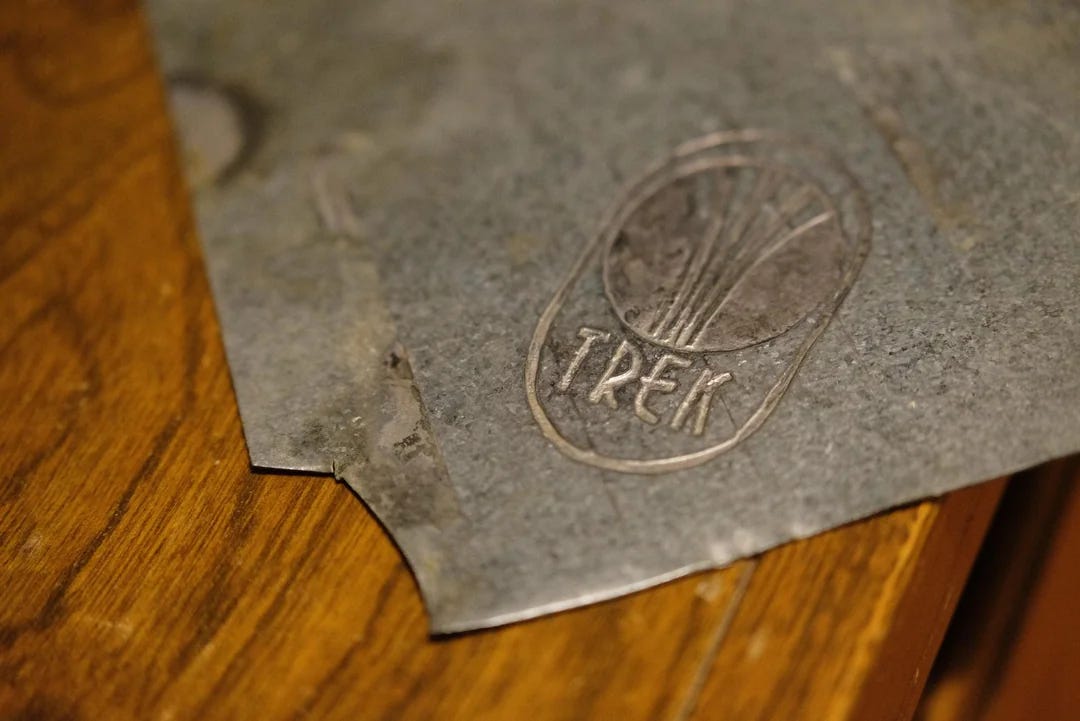
The bike struck me for different reasons. During the pandemic, I'd fallen into the world of steel road bikes—hunting for deals on frames from the early 80's, scrolling Facebook Marketplace trying to identify ride quality from geometry and construction alone. But Hermansen's prototype from 2019 totally eschewed a traditional diamond frame in favor of an asymmetric assembly of two straight tubes from chainstay to stem.
With bikes, I'd been working within existing forms—restoring what was already designed, hunting for quality that someone else had built. Hermansen started from nothing, bending wire until it found its own logic. The wireframes above showed each iteration exploring rather than referencing.
Maybe that's what I recognized: the lens of play rather than industry. When you tinker with wire as a kid, you're not trying to solve problems or meet specifications. You're exploring what the material wants to become. Hermansen's process carried that same quality—reimagining requirements as exploration through play.
Hermansen described his wire sketching as being "in dialogue with others." Unlike pages in a sketchbook, the forms exist in three dimensions. The workshop had an almost disposable quality—you know what you're working with, you can draw out another length of wire and start again.
The gallery arranged the pieces to let you wander, to orbit around these weird prototypes suspended in space, discovering connections from different vantage points. Hermansen had explained that wire created friendship with his community in a way paper sketches couldn't. I wrestled with that idea. Maybe it's because the sculptures resist legibility. You can't flip through them like a sketchbook. You can't press update and have them resolve into something clean.
I thought about the box of wire prototypes I'd kept for years, how my mom once asked if I could throw it away. Impossible. Each piece in that box was tangible effort, malleable in ways that related to each other. Stack them wrong and you'd bend something out of shape at the bottom. The entire collection existed in physical dialogue.
That box taught me something about permanence and fragility that no digital archive could. This is what separates wireframes from our current tools. Both draw form from nothing, but one is slower, obviously imperfect, demands presence. The other is legibly perfect, an idea you can swipe through, share, airdrop. Flipping through a digital portfolio is like pressing update on the app store—you don't have to read what got fixed. The efficiency makes you forget there was ever a problem to solve.
Wire remembers. Perhaps this is what Denmark understood when Grundtvig's folk high schools emerged in the 1840s, choosing enlightenment over industry, valuing the knowledge that came from working with your hands, from staying small enough to know your neighbors. This deliberate smallness—neither the pietist orthodoxy of Indre Mission nor the formalism of the state church, but something more humble—threads through Danish design.
In that afternoon light, the shadows drew new geometries on the museum floor. Here were objects that couldn't be fully experienced unless you were present, that showed one designer's way of thinking made tangible. They didn't need to be anything for anyone else. They simply existed—irreducibly physical, beautifully illegible, demanding you slow down and walk around to understand.
This essay was created with a dictation and editing workflow involving Whisper, Claude Code, Obsidian, and Enzyme.




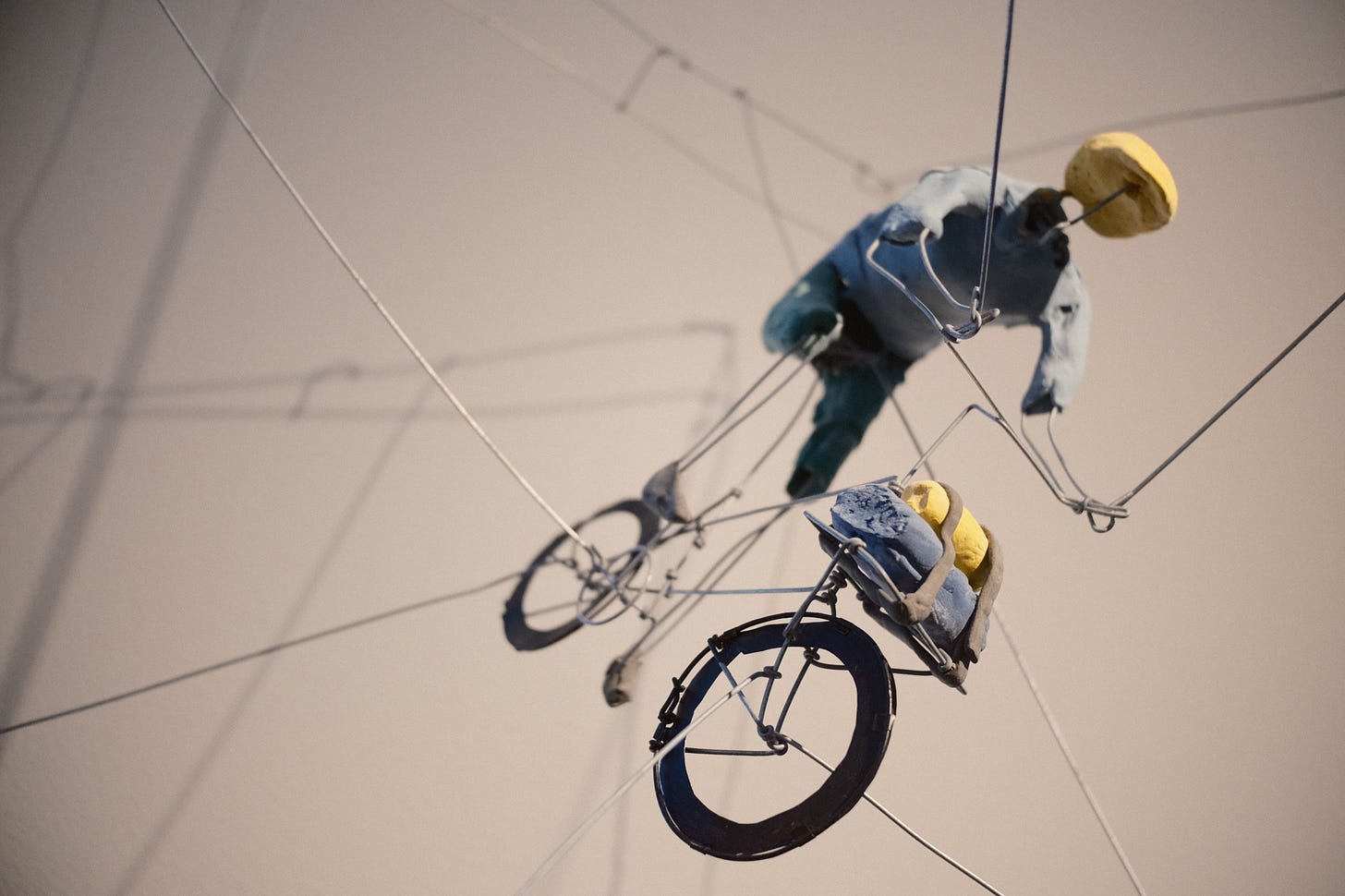
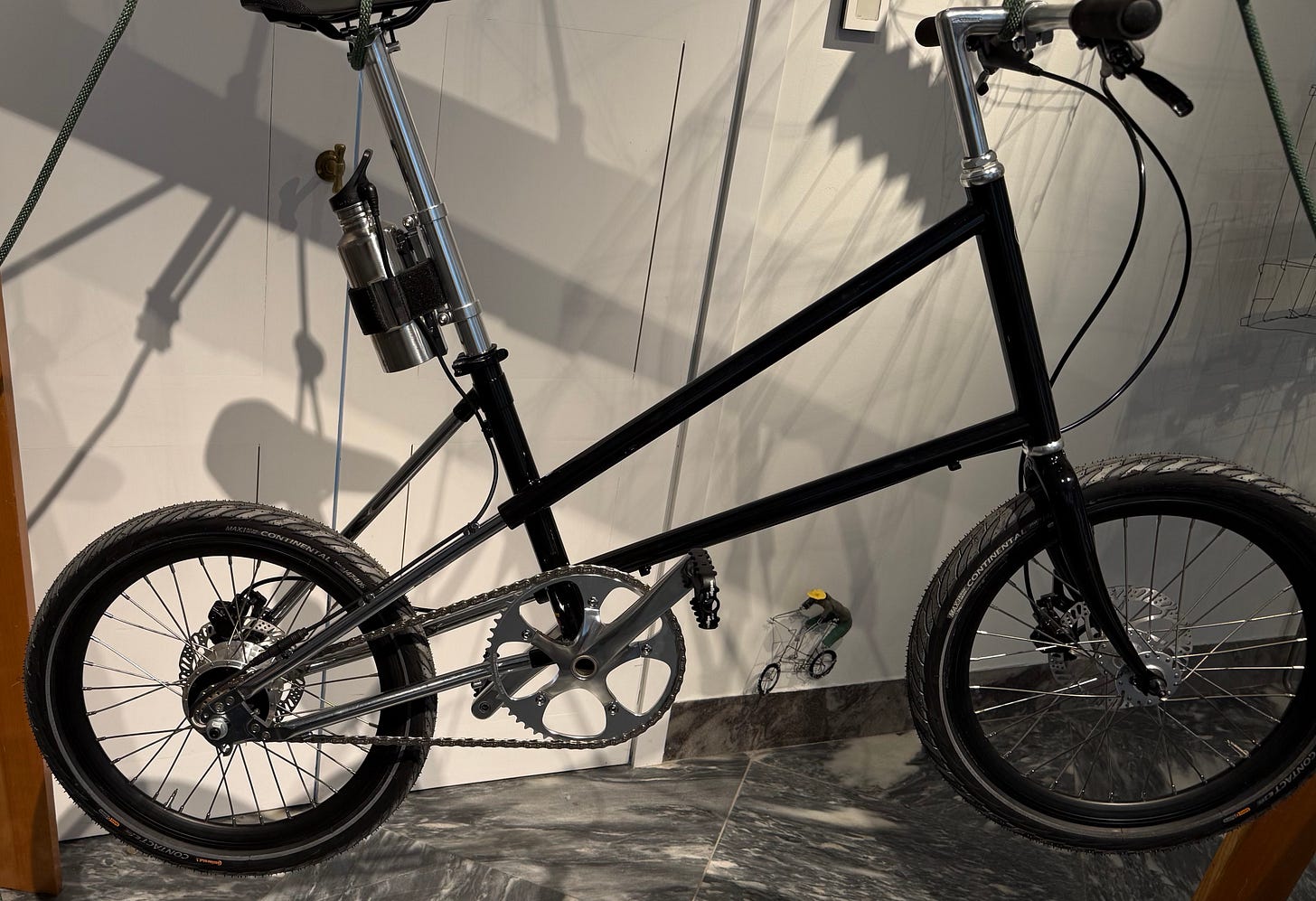
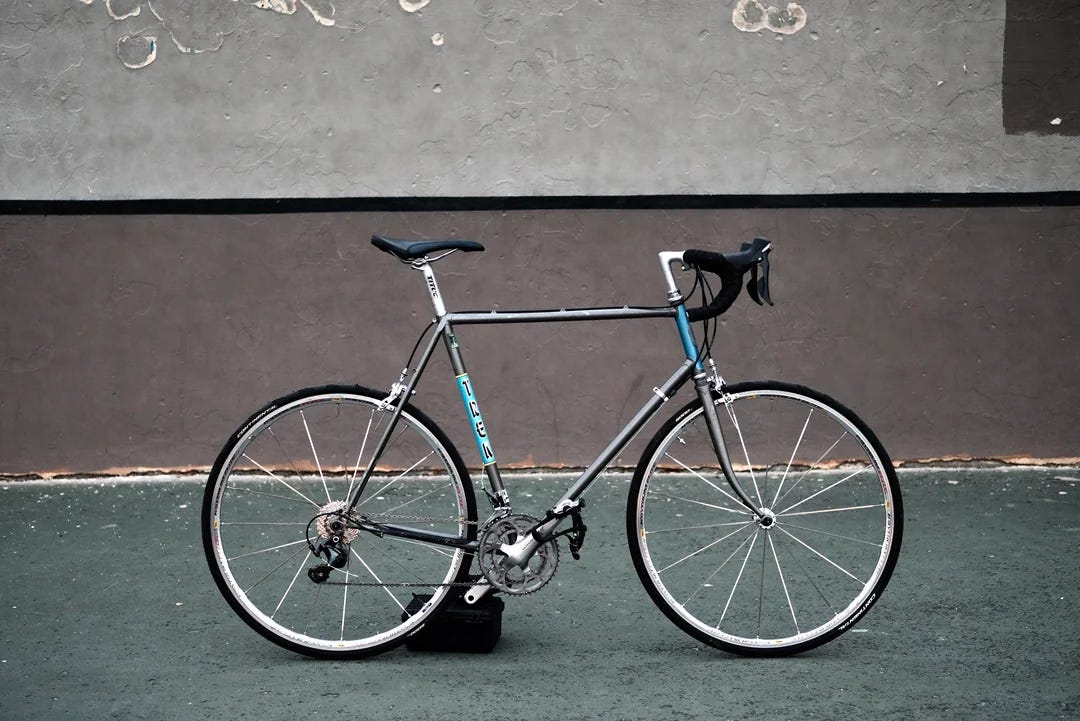
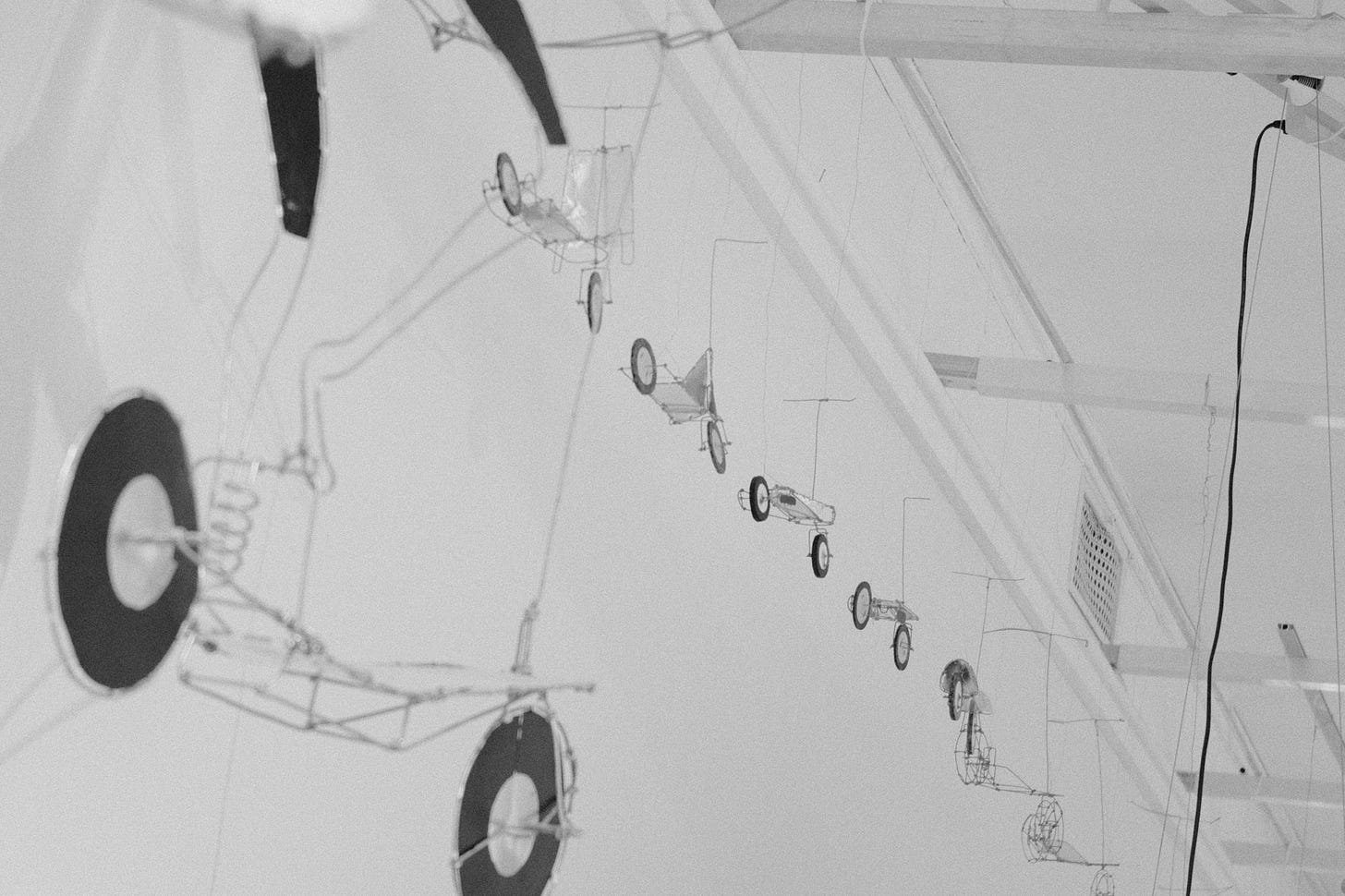
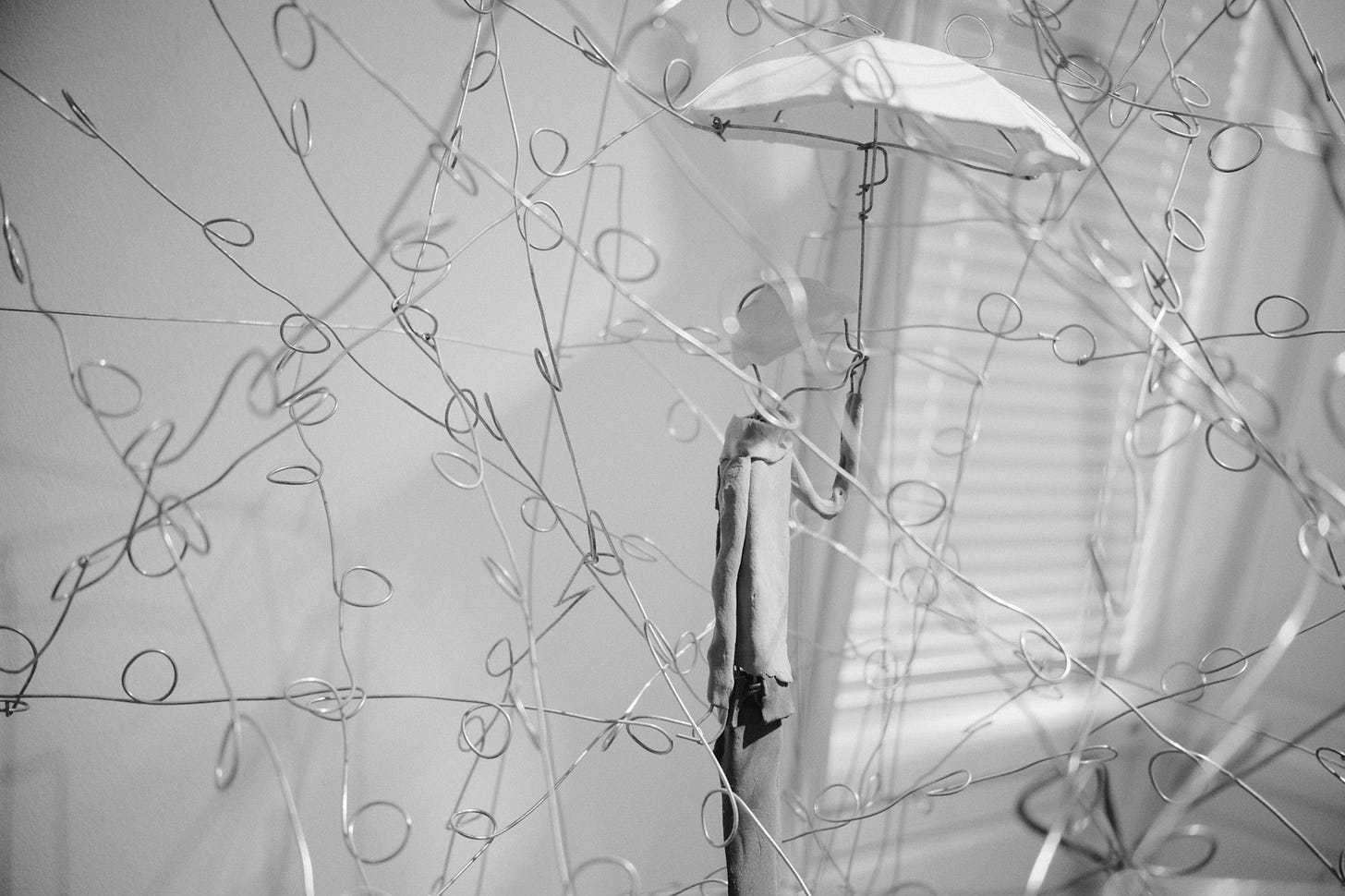
"Flipping through a digital portfolio is like pressing update on the app store—you don't have to read what got fixed. The efficiency makes you forget there was ever a problem to solve." So good.
What do we lose when everything is driving to "reduce friction"? Where's the line between good friction and bad friction? Friction is what's often required to build connection.
I've been watching "Kian's Bizarre B&B" on Netflix. It's....truly bizarre.... a B&B designed to basically to INTRODUCE as much friction as possible. At one point, they serve curry, but intentionally with no utensils; you have to eat the sloppy curry with your hands. But the design of that is intended to spark conversation and connection with the guests - the philosophy is, what if we made things harder and not easier, might that not make this a more memorable experience? By forgoing even basics like spoons, does that help spark conversation about questioning assumptions about how we are "supposed to" love?
I can't tell if I "like" the show or not. Its really weird. But I also can't stop watching it. In a world of "Selling Sunsets" with multi-million $ mansions, or "Singles Inferno" with participants heading off to 5* hotels, Kian goes the entirely the opposite direction, and I think he succeeds - the audience sees people building a genuine connection and memories they take with them the rest of their lives.